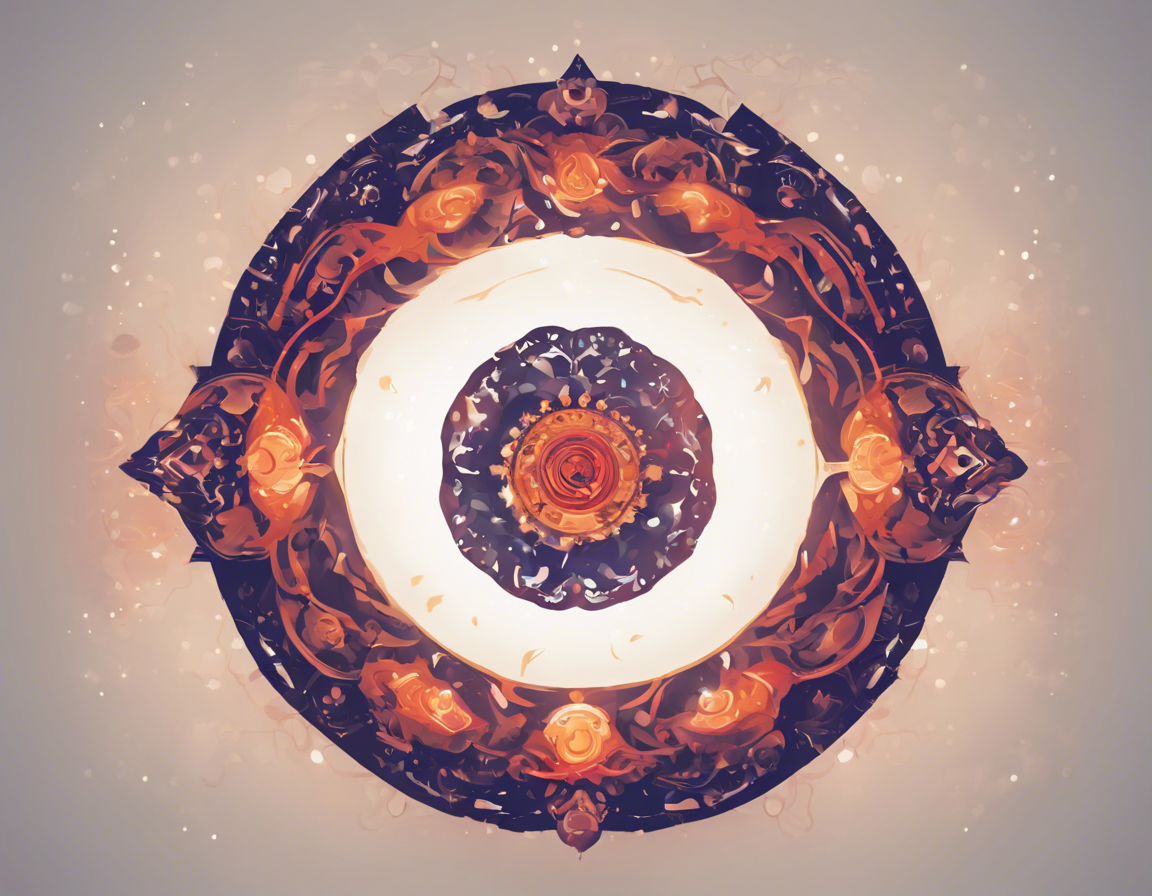The celestial event known as Chandra Grahan, or Lunar Eclipse, has fascinated humans for centuries. The phenomenon occurs when the Earth comes between the Sun and the Moon, causing the Earth’s shadow to cover the Moon partially or completely. This astronomical event holds cultural and astrological significance in many societies around the world, including in India where it is referred to as Chandra Grahan. In this comprehensive guide, we will delve into the upcoming Chandra Grahan in 2024, explore its dates and facts, and address common questions surrounding this mesmerizing event.
Understanding Chandra Grahan:
Chandra Grahan is divided into two main types based on the position of the Earth’s shadow in relation to the Moon:
1. Partial Lunar Eclipse: This occurs when only a portion of the Moon passes through Earth’s shadow.
2. Total Lunar Eclipse: This happens when the entire Moon enters Earth’s shadow, giving it a reddish hue, often called a “Blood Moon.”
Chandra Grahan 2024:
The year 2024 is set to host two lunar eclipses:
1. On 25th March 2024, a Penumbral Lunar Eclipse will be visible.
2. On 18th September 2024, a Penumbral Lunar Eclipse will occur.
Dates and Timings:
Here are the dates and timings for the Chandra Grahan in 2024:
1. 25th March 2024:
– Penumbral Lunar Eclipse begins: 10:25 PM
– Maximum Eclipse: 1:25 AM on 26th March 2024
– Penumbral Lunar Eclipse ends: 4:25 AM on 26th March 2024
2. 18th September 2024:
– Penumbral Lunar Eclipse begins: 6:54 AM
– Maximum Eclipse: 9:34 AM
– Penumbral Lunar Eclipse ends: 12:14 PM
Facts about Chandra Grahan:
- Duration: The length of a Lunar Eclipse can vary, with some lasting only a few minutes while others can extend up to almost two hours.
- Visibility: The visibility of a Lunar Eclipse depends on the geographical location from which it is observed. Not all eclipses are visible from every part of the world.
- Frequency: On average, there can be anywhere between 2 to 4 lunar eclipses in a year.
- Myths and Beliefs: Various cultures have associated myths and superstitions with eclipses, leading to different practices and beliefs during these events.
- Scientific Significance: Lunar Eclipses provide scientists with opportunities to study the Moon’s surface and composition without the need for specialized equipment.
Frequently Asked Questions (FAQs) about Chandra Grahan:
Q: What precautions should be taken during Chandra Grahan?
A: There is no scientific evidence to support the need for specific precautions during a Lunar Eclipse. However, some people choose to avoid eating or cooking food during the eclipse.
Q: Can pregnant women watch the Lunar Eclipse?
A: While there is no proven harm, some cultures believe that pregnant women should avoid witnessing an eclipse, possibly due to the associated myths and beliefs.
Q: Are there any spiritual or astrological significances to Chandra Grahan?
A: Various astrological beliefs exist around eclipses, with some considering it an inauspicious time and others viewing it as a period for spiritual practices and reflection.
Q: Why does the Moon appear red during a Total Lunar Eclipse?
A: The reddish hue during a Total Lunar Eclipse is a result of sunlight passing through Earth’s atmosphere and bending towards the Moon, giving it a reddish glow.
Q: How can one observe a Lunar Eclipse?
A: Lunar Eclipses are safe to watch with the naked eye, unlike Solar Eclipses, making it an excellent opportunity for skywatchers to witness this captivating event.
Q: Do all Lunar Eclipses produce a Blood Moon?
A: Not all Total Lunar Eclipses result in a Blood Moon. The intensity of the red hue can vary depending on atmospheric conditions at the time of the eclipse.
Q: Can a Lunar Eclipse be predicted in advance?
A: Yes, scientists can accurately predict the occurrence of Lunar Eclipses well in advance using astronomical calculations and data.
Q: Is there any cultural significance associated with Chandra Grahan in different societies?
A: Yes, many cultures have myths, legends, and beliefs surrounding Lunar Eclipses, often shaping traditional practices and rituals during these events.
Q: How does a Penumbral Lunar Eclipse differ from other types of eclipses?
A: A Penumbral Lunar Eclipse occurs when the outer shadow of the Earth, known as the penumbra, partially covers the Moon, resulting in a subtle shading effect rather than a distinct darkening.
Q: Can Chandra Grahan be seen from every part of the world?
A: No, the visibility of a Lunar Eclipse depends on the geographical location. Some eclipses may be visible from specific regions while remaining unseen in others.
As we prepare for the upcoming Chandra Grahan in 2024, let us marvel at the wonders of the celestial dance that unfolds before us, connecting us to the vast universe beyond our earthly confines. Observing these celestial events not only sparks a sense of awe and wonder but also encourages a deeper appreciation for the mysteries of the cosmos.
